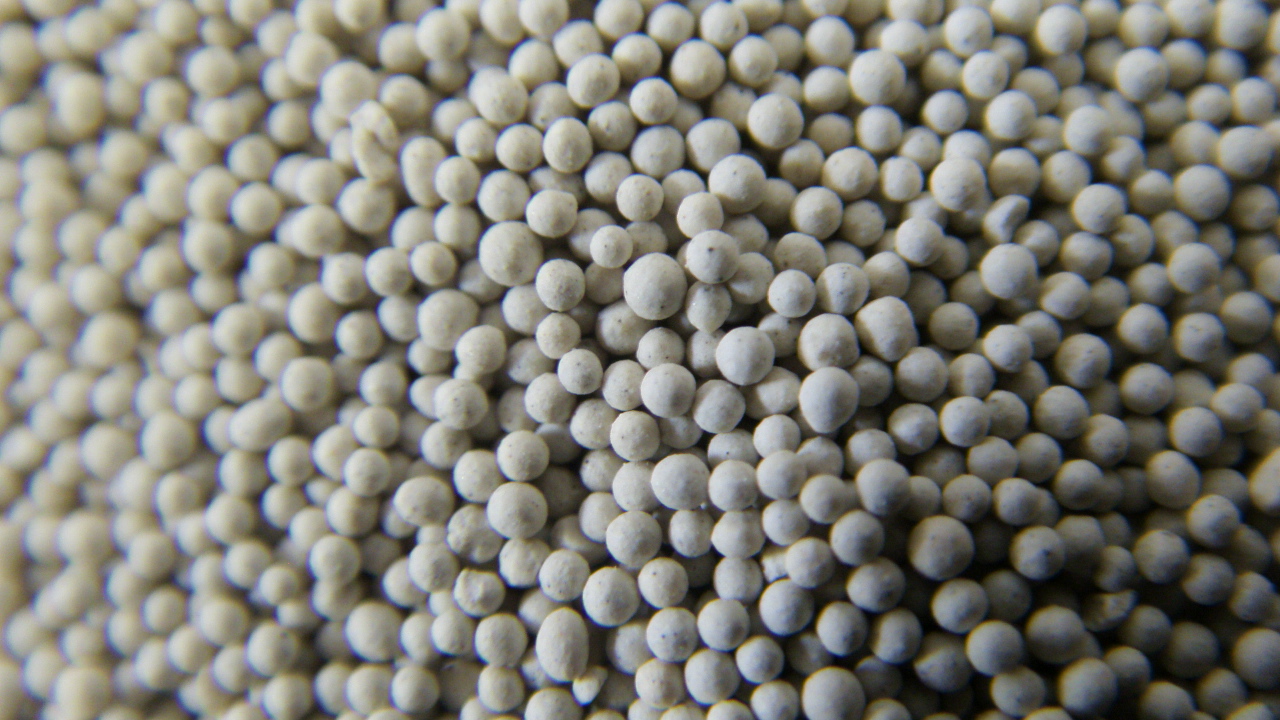Sanding Small 3D Prints A Guide to Achieving a Smooth Finish
In the realm of 3D printing, the journey from digital model to tangible object is an exciting one. However, the printing process often leaves the final product with a rough, layered surface that may not meet the aesthetic or functional expectations of the creator. Sanding small 3D prints is an essential step in enhancing their appearance and usability. In this article, we will explore the significance of sanding, the techniques involved, and tips for achieving optimal results.
Why Sanding is Important
Sanding is crucial for several reasons. First and foremost, it greatly enhances the visual quality of 3D prints. Small imperfections, such as layer lines and rough spots, can detract from the overall appearance, making a model look unfinished or amateurish. Sanding helps to smooth out these imperfections, creating a more polished look.
In addition to aesthetic benefits, sanding can improve the functionality of a 3D print. A smoother surface can facilitate better fitting between parts, which is especially important for assembled models or functional items. Furthermore, sanding can help prepare a surface for painting or other finishing techniques, ensuring that additional layers adhere properly and produce a uniform finish.
Tools and Materials for Sanding
Before diving into the sanding process, it's important to gather the right tools
. The basic supplies you’ll need include1. Sandpaper Different grits of sandpaper are essential for effective sanding. Start with a coarser grit (such as 100 or 150) to remove larger imperfections and gradually move to finer grits (like 400 or higher) for a smooth finish. 2. Sanding Sponge or Block A sanding sponge or block can help with even application of pressure, especially on curved surfaces.
3. Dust Mask Sanding generates dust that can be harmful when inhaled. A dust mask will protect your respiratory health.
sanding small 3d prints

4. Water or Lubricant Wet sanding with water or a lubricant can reduce dust production and help achieve a smoother finish.
Techniques for Sanding
1. Initial Sanding Begin with a coarse grit sandpaper to tackle significant imperfections. Use even pressure and consistent strokes over the surface. Pay special attention to areas where the print may have been supports or where layers are visibly misaligned.
2. Progress to Finer Grits After the initial sanding, switch to a finer grit sandpaper. Repeat the process, but this time, focus on smoothing out the surface rather than removing large amounts of material.
3. Wet Sanding For the final touch, consider wet sanding. This technique can yield a glass-like finish and minimize dust. Simply dampen the sandpaper or the print surface, and continue sanding with light pressure.
4. Inspect Regularly Make it a habit to frequently inspect your work as you sand. This will help you identify areas that require more attention or ensure you do not overly sand, which could damage the print.
Conclusion
Sanding small 3D prints is a vital process that can significantly elevate the quality of your finished project. By utilizing the right techniques and tools, you can transform a rough, printed object into a smooth, professional-looking piece. Whether you're producing models for artistic purposes or functional items, a little extra effort in sanding can make all the difference. Embrace the sanding process as a crucial part of your 3D printing journey, and watch as your creations reach their full potential.
Post time:Dùbh . 12, 2024 11:38
Next:sand casting history
